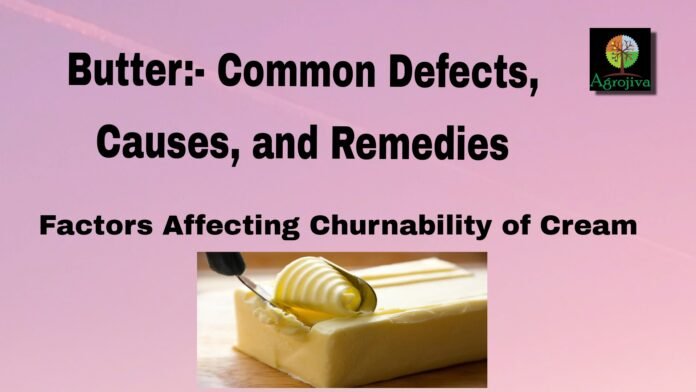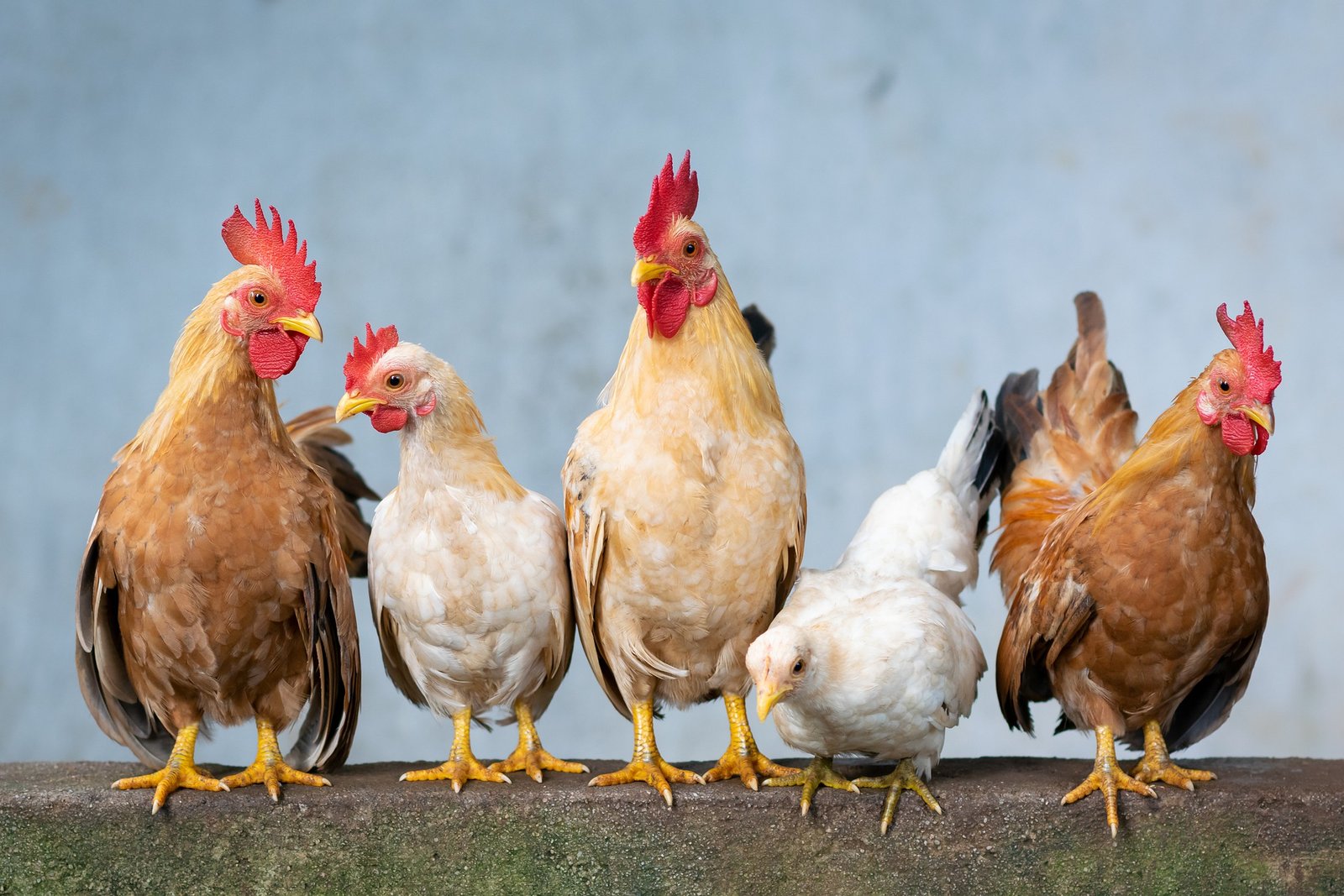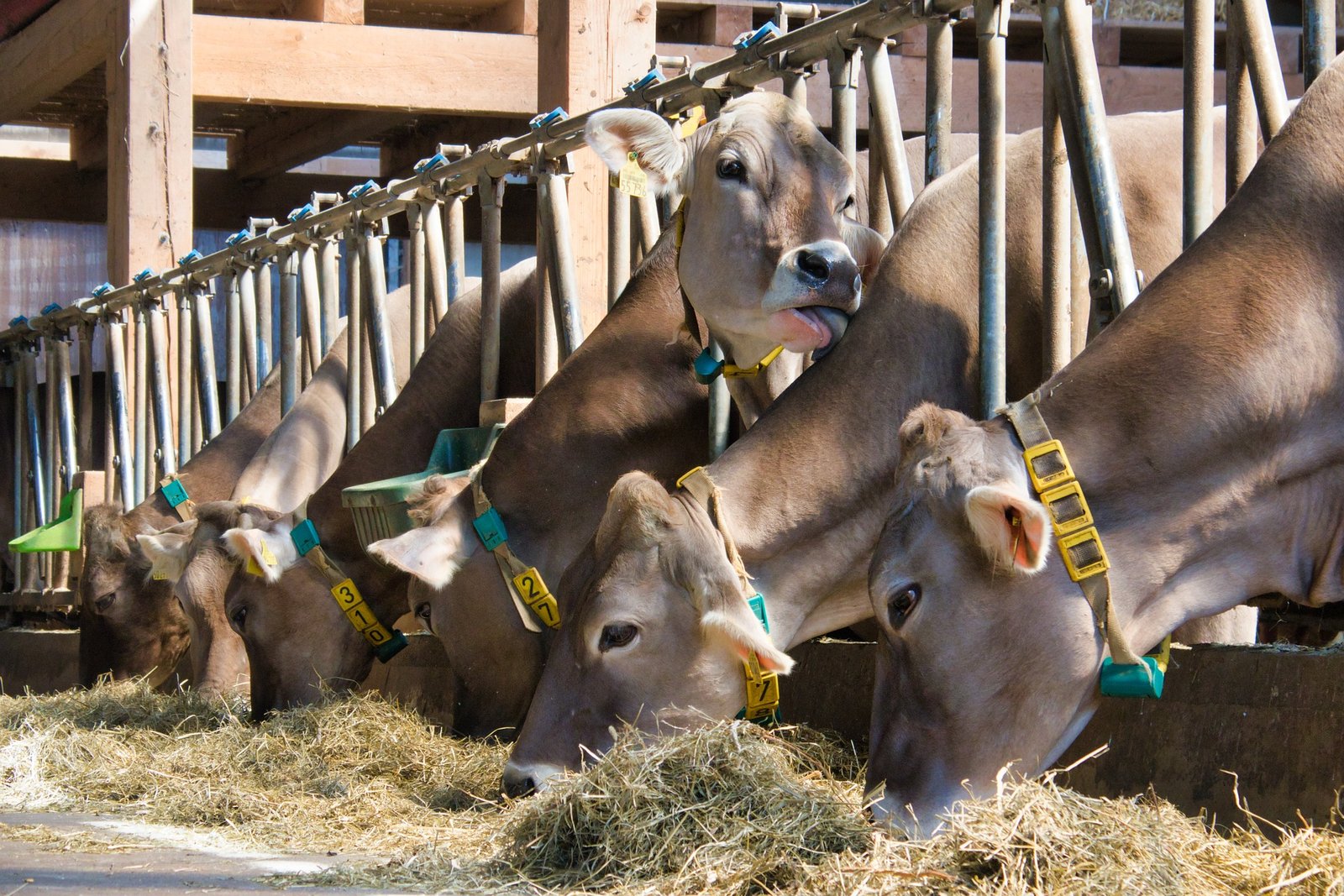•Common defects in butter:
1) Colour defects-
| Defects | Reason | Corrective action |
| Mottled | Improper washing, salting and working | Proper washing, salting and working |
| Streaky and wavy | Improper working | Proper working |
| Dull or pale | Over working | Proper working |
2) Flavour defects:
| Defects | Reason | Corrective action |
| Acid or sour | Use of acid and under neutralized cream | Use of sweet and well neutralized cream |
| Alkaline | Over neutralization of cream | Well neutralization |
| Bitter | Action of lipase and proteolytic bacteria on cream | Proper testing of cream |
| Cheesy | Casein breakdown by proteolytic bacteria | Storage of cream at or below 5˚C |
| Cooked | Over pasteurization | Proper pasteurization |
| Fishy | Storage of high acid salted butter in presence of copper or iron | Proper storage |
| Flat | Low diacetyl content, low salt and excessing washing of butter | Adequate ripening of cream before churning, correct salt treatment and proper washing |
| Rancid | Fat hydrolysis by lipase | Inactivation of lipase by proper pasteurization |
| Oxidised | Fat oxidation by sunlight in presence of copper or iron | Proper pasteurization and vacuum pasteurization of cream |
| Stale | Improper storage of cream and butter | Proper storage of cream and butter |
| Yeasty | Use of old cream | Use of fresh cream |
Read More:- Butter: – Classification, Neutralisation, and ripening of cream
3) Body and texture defects:
| Defects | Reason | Corrective action |
| Crumbly | Change in fat composition and abrupt chilling of butter | Controlled cooling, ageing, churning and washing |
| Greasy | Overworking and high washing temp. | Use of app. Washing temp. |
| Gummy | Presence of high melting point fat | Selective feeding and proper working |
| Leaky | Over churning, improper cooling and washing with high temp. water | Churning, cooling and use of washing water of adequate temp. |
| Grainy | Incorrect neutralization of acid cream and oiling off fat during butter manufacturing | Correct neutralization of cream and avoiding of oiling off |
| Spongy | High churning temp. and use of low melting point fats | Proper churning temp. and fat combination |
| Sticky | Overworking | Proper working |
| Gritty | Improper salting | Proper salting |
•Churning of cream:
Objective- To produce butter from cream.
Procedure-
1) Preparation of churn.
2) Filling cream into churn.
3) Addition of colour (annatto and carotene is added).
4) After initial rotating the churn for 10-15 min the liberated gas is removed.
5) Breaking stage.
6) Churning is continued till butter grains of desired size is achieved.
Significance– Churning of cream is agitation at suitable temperature until the fat globules adheres forming larger masses, hence separation of fat and serum occurs. Fat exists in continuous phase of emulsion and is stable. As long as it remains intact there is no formation of butter.
Factors affecting churnability of cream:
- 1)Chemical composition of fats: Increase in proportion of short fat shortens the churning period, diminishes the firmness of butter and increases fat loss in butter milk.
- 2)Size of fat globules: Higher the proportion of small-sized fat globules, longer the churning time and greater the fat loss in buttermilk.
- 3)Force of surface tension: Disturbance in this force is required for butter making because it maintains individuality of fat globules.
- 4)Phenomenon of adsorption: Surface layer of fat globules contain adsorbed phospholipid protein complex which resists de-emulsion.
- 5)Electric charge: Fat globules have negative charge and repel each other. The charge decreases as acidity of cream increases.
- 6)Viscosity: Increased viscosity retards churning.
- 7)Concentration of fat globule in cream: It promotes rapid aggregation.
- 8)Temperature of cream: Optimum churning temp. is 9-11˚C. Higher churning temp. causes short churning time.
- 9)Fat percentage of cream: Higher percentage of cream lowers churning period.
- 10)Acidity of cream: Acid cream churns more rapidly than sweet cream. 11)Load of churn: Overloading prolongs churning time.
- 12)Nature of agitation: Agitation influenced by size, type and rpm of churn affecting churning period.
Read More:- Butter: – Classification, Neutralisation, and ripening of cream















